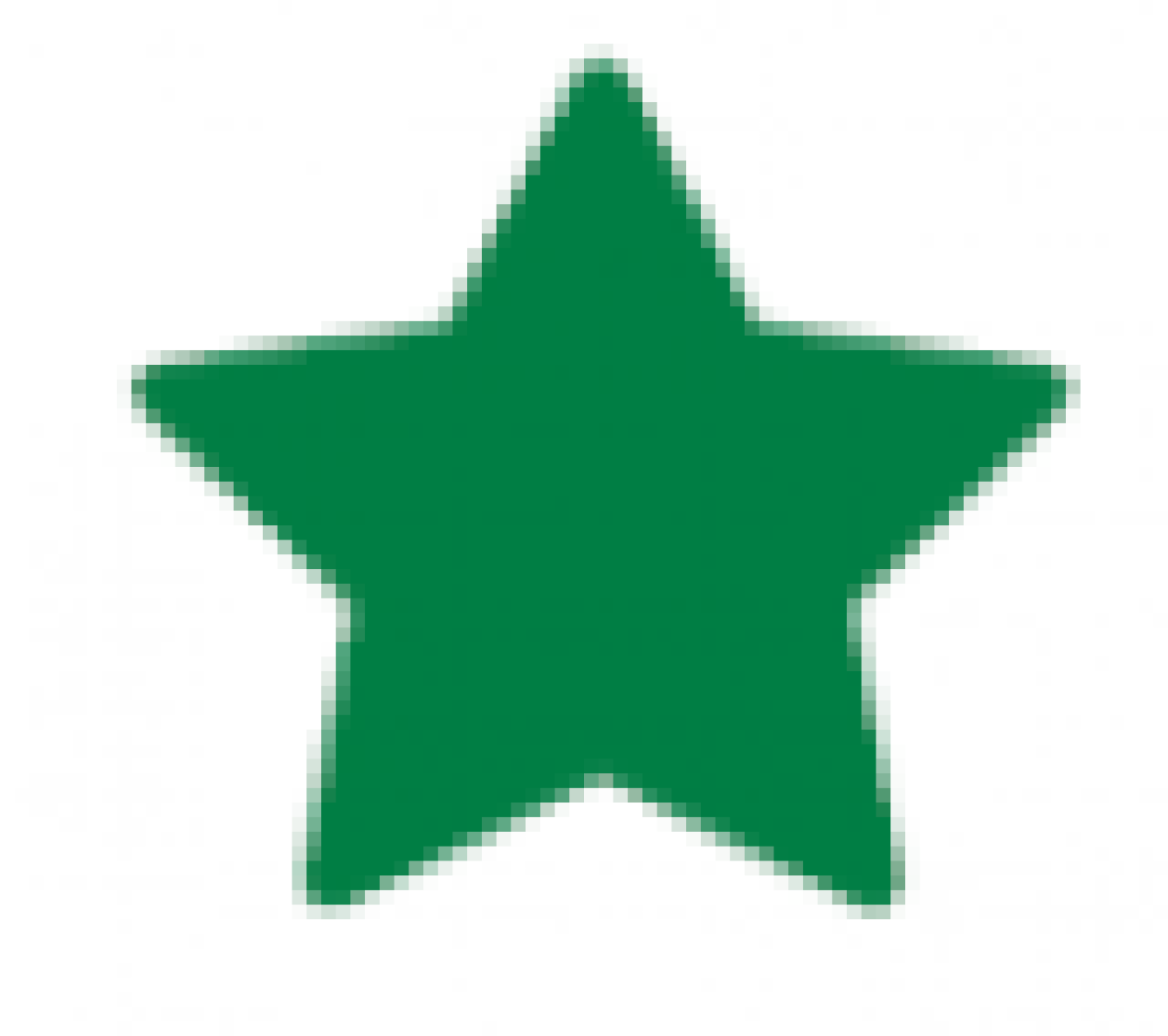
This page highlights the State of Iowa's implementation model, which was developed with funding from the State Energy Program's Competitive Financial Assistance program. Download the Advancing Energy Efficiency: Through the Iowa Benchmarking Project.
GOAL: ENERGY CONSUMPTION DOWN 20% BY 2020

Achieve a 20 percent decrease in energy consumption in public buildings by 2020, based on a 2009 baseline.
BARRIER: INCOMPLETE DATA ON PUBLIC BUILDINGS

Decisions on energy efficiency improvements are difficult to prioritize across a large statewide public buildings portfolio when there is incomplete data on public buildings.
SOLUTION

Engage public facility owners and utilities to expand the Iowa Public Building Benchmarking Project (Project), and use the Project's web-based benchmarking tool as the basis for energy efficiency project decisions in public buildings.
OUTCOMES

Iowa added 902 buildings to its benchmarking database; exceeding the project goal by almost 15 percent and nearly doubling the number of public sector buildings enrolled. Project enrollment increased from 1,274 to 2,176 buildings; representing over 40 percent of the estimated total public building portfolio, including city, county, K-12 public school, higher education, and state buildings. The benchmarking tool identified a potential 1,090,398 million BTU in energy savings, representing $14,175,177 of annual energy cost savings. Seven of the organizations participating in this program for at least a year realized an average energy use reduction of 4.8% annually. Iowa will continue to use this robust data set and analysis to prioritize and accelerate energy efficiency upgrades in Iowa's public buildings, moving the state closer to its energy goals.
Overview
Iowa recognized the value of implementing energy efficiency upgrades to reduce building energy use but lacked a data-driven framework to prioritize energy efficiency projects. The American Recovery and Reinvestment Act of 2009 provided Iowa the resources to create a framework and realize greater energy savings in its public buildings. The Iowa Economic Development Authority (IEDA) partnered with the Iowa Energy Center (IEC), one of the state's premier institutions for energy policy, and looked to its neighbor Minnesota in designing the Public Building Benchmarking Project. Minnesota has had success benchmarking its public buildings since 2001 using a web-based benchmarking tool that makes energy performance measurable and visible by utilizing utility meter data to calculate and compare buildings' energy use intensity (EUI).

The project team entered 1,218 buildings into the benchmarking tool in Phase I of the Project, which occurred from 2010 to 2012. The Phase I final report noted that state building benchmarking had the potential to provide immediate and longterm opportunities for energy planning and energy expenditure savings, and therefore recommended the continuation and expansion of the Project.
PROCESS
Program Design
Iowa launched Phase II of its Public Building Benchmarking Project in late 2012 with the goal of adding an additional 800 public buildings to the web-based benchmarking tool.
The Project team first convened a Stakeholder Advisory Group meeting to refine Project goals and ensure that the Project was set up for success. Members of the Stakeholder Advisory Group included utility representatives, state agencies, state universities, and education and outreach groups. They solicited input from the stakeholders on recruitment strategy, functionality of the benchmarking tool, successes and lessons learned from a similar effort in Minnesota, and the importance of available financing options to support implementation of energy efficiency projects.
User-friendly data input process. In Phase I, building managers had to manually update energy data one month at a time, which limited wider tool adoption. To minimize this administrative burden, the team developed a simple, easy-to-use automated building template spreadsheet. The spreadsheet expedited the flow of data from building managers to the benchmarking tool. The new spreadsheet allowed users to import multiple months and even yearly data using a single file.
Each organization also submitted a building authorization form allowing the IEC to file a utility data request on its behalf. Bulk batches of energy consumption data were provided quarterly to the IEC by utilities and utility organizations for input to the benchmarking tool. The data was uploaded into the benchmarking tool building profile and was accessible to each building owner.
One-on-one recruitment of public building managers. The Project team deployed designated "ambassadors" to recruit public sector building managers to enroll their buildings into the benchmarking tool. The ambassadors provided a valuable service—sharing the benefits of benchmarking and offering technical assistance as necessary, resulting in buy-in from building managers.
While some enrolled in the program directly from the benchmarking tool's website, the majority of the organizations enrolled after meeting one-on-one with ambassadors.
Implementation
Recruitment: Beginning in March 2013, the recruitment team—with the help of stakeholder organizations such as the Iowa Department of Education, the Iowa League of Cities, Iowa Association of Municipal Utilities, and Iowa Association of Counties—reached out to public building representatives through in-person meetings, newsletters, workshops, conferences, and webcasts.
The recruitment team placed special emphasis on recruiting major state universities, because they represent a significant percentage of Iowa's state buildings stock. They met in-person with university energy efficiency staff, and presented a webinar on the Iowa Public Building Benchmarking Project to university staff.
The recruitment message emphasized financial advantages and return-on-investment for public facility managers benchmarking their buildings. Ambassadors also highlighted energy efficiency as a cost saving measure and stressed how the benchmarking tool's capabilities could help them effectively harness these benefits.
Training: The project team taught new recruits and existing member organizations how to use the benchmarking tool and navigate system upgrades. In order to ensure that training opportunities were optimized, the project team held biweekly calls to continually improve the curriculum. In-person trainings occurred monthly and averaged 10-20 attendees per session. Training webinars were also made available publicly on Iowa's benchmarking tool website. To address frequently asked questions, the Project team developed a series of training videos visible only to registered users.
Data Collection and Analysis: Organizations joining the Iowa Public Building Benchmarking Project first had to complete a basic building enrollment spreadsheet to set up their accounts, which included the following data fields:
- Building name
- Address
- Building/data owner and contact information
- Hours of operation
- Square footage
- Meter types and numbers.
Completed spreadsheets were uploaded to the benchmarking tool and used to create building profiles to enable building-level peer comparison. Data entry of newly recruited organizations began in July 2013.

Each organization joining the Project also submitted a building authorization form allowing the IEC to file a utility data request on its behalf. Utilities and utility organizations sent bulk energy consumption data to the IEC for input into the benchmarking tool on a quarterly basis, which became accessible to each building owner. Energy consumption data from the utilities became available for the first building profiles created by August 2013.
The benchmarking tool team reviewed the data reports and a number of buildings with significant potential to improve their energy efficiency performance and yield a favorable return on investment. Building managers could also gain insight from their data through a variety of displays and use the tool to:
- Track energy and water consumption over time.
- Compare a building's energy use to other buildings in the system to determine which buildings to prioritize for energy efficiency upgrade projects.
- Set energy goals and measure progress against them.
Data Publication & Transparency: The Iowa Public Building Benchmarking Project launched a webpage to share energy performance information with the public in March 2014. The launch of the public webpage was announced to Project participants a few months in advance, allowing them to review and correct their data prior to release. The project team verified that any data released could be made public.
Public visitors to the webpage can view multiple fields of data on each participating organization, including energy consumption, benchmarking data, and EUI. Visitors can also see how different organizations rank in a variety of fields, including energy costs and potential energy savings. As the User Case Study Report suggests, public scrutiny of the benchmarking data and rankings may spur organizations to action.
OUTREACH
Throughout the Project, the Stakeholder Advisory Group regularly provided feedback on marketing and recruitment practices to IEDA. The Project team convened stakeholders semi-annually to update them on Project progress, introduce changes to the benchmarking tool, and discuss recruitment strategies.
As the Project neared completion, the IEC organized a series of surveys for comprehensive program evaluation. The IEC surveyed the energy managers of nine Project participants from various sectors and completed case study profiles for each of these organizations. The surveys were compiled into the Iowa Public Building Energy Benchmarking User Case Study Report. The case studies summarize the users' building inventories and the methodologies and processes for evaluating and utilizing benchmarking results. Case study participants reported that the benchmarking tool contributed to decision making for energy efficiency upgrade projects, providing graphical representations of energy usage and costs, and helped justify energy efficiency investments.
The IEC also used survey results to identify opportunities to improve the program. The surveys provided project participants' commentary on what they thought worked well, their suggestions for improvement, and overall opinions of the benchmarking tool.
The project team produced a final report for the Stakeholder Advisory Group, which was published on the IEC website in April 2015.
MEASURING SUCCESS
Iowa measured the success of Phase II of the Project through the number of organizations participating and the number of complete building profiles added to the benchmarking tool. Accurate energy usage data across a large segment of buildings is essential for Iowa to measure its progress toward meeting its goal of reducing energy consumption 20% by 2020.
OUTCOMES

Phase II of the Public Building Benchmarking Project added 902 buildings to the existing benchmarking database, bringing the total to 2,176 units among 103 organizations across Iowa. The project team exceeded its goal of adding 800 buildings to database by almost 15 percent.
Analysis of the buildings entered into the benchmarking tool identified 1,090,398 million BTU in potential energy savings, representing a potential $14,175,177 annual energy cost savings.
Seven of the organizations profiled in the Iowa Public Building Energy Benchmarking User Case Study Report had been enrolled in the program for more than one year and realized an average energy use reduction of 4.8% annually. Providing building managers with a structured methodology to gather data, analyze historic trends within a building and across a portfolio, and ultimately prioritize building improvements is helping Iowa reach the goal of reducing energy use in public buildings by 20% by 2020.

Upon conclusion of the Phase II, IEDA, the IEC, and Iowa utilities met with stakeholders to discuss the future of the Benchmarking Project. They formed a partnership committed to continued benchmarking of public building energy use in the state. Along with IEDA and the IEC, new utility partners will leverage financial and technical resources to sponsor the Benchmarking Project in the future. With the new partnership and the benchmarking tool, Iowa is poised to make major long-term energy efficiency advances in its public sector.
Tools and Resources
Public Page for B3 Benchmarking Platform
Final Report for Iowa Benchmarking Project Phase II
Iowa Public Building Energy Benchmarking User Case Study Report
Sample newsletter on B3 Benchmarking Platform

